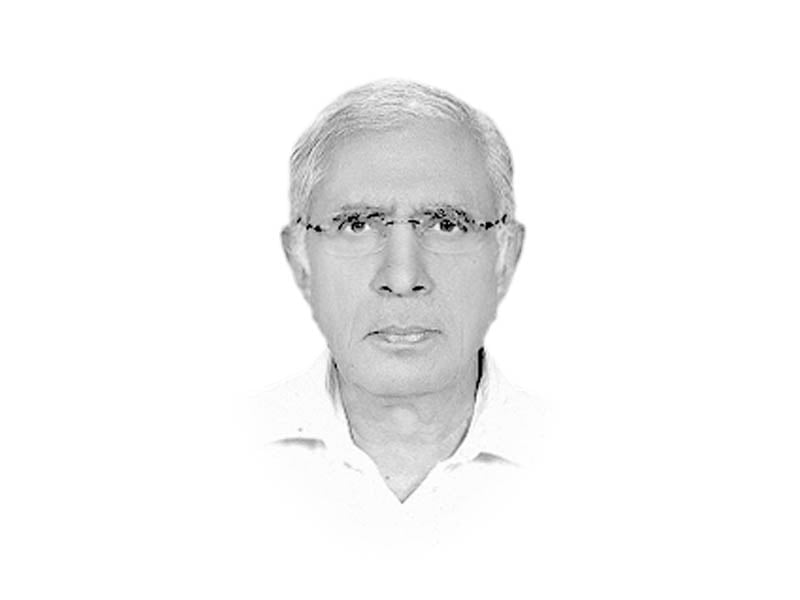
However, the not-so-good news is, the new policy reflects an overambitious quality as it aims to improve exports from the current depressing level of $19-20 billion a year to $35 billion by 2018.
Clearly, this overambitious export target has been fixed without taking into consideration the ground realities obtaining in the domestic export capacities.
Pakistan lacks enough exportable surpluses and has a highly restricted number of export market destinations. Also, most of our exportable surpluses lack significant value addition and are limited to commodities such as rice, cotton and raw materials like cotton yarn.
Pakistan’s list of export items has not changed much since the mid-fifties and its top export markets are limited to the US, China, Afghanistan, the UAE and Germany. And half of our total imports come from China, Kuwait, Saudi Arabia, the UAE, India and Indonesia.
Pakistan’s export base and markets are extremely narrow. Its exports continue to be dominated by cotton textiles and apparel; imports include petroleum and petroleum products, edible oil, chemicals, fertiliser, capital goods, industrial raw materials and consumer products. Over 55 per cent of its export earnings are contributed by the cotton group alone. Relatively low value-added products like leather, synthetic made-ups and rice contribute about 14 per cent of total exports.
Currently, according to a number of estimations, the Pak rupee is 16 per cent stronger than those of the competitors. While we are keeping our rupee at a relatively higher value than it is worth, India, Indonesia, Thailand, Turkey, China and Vietnam have devalued their respective currencies by significant margins in recent times.
An artificially appreciated currency ends up subsidising imports and serves as an effective disincentive against foreign direct investment as well as exports.
The government has promised Rs26.14bn for funding the three-year strategy. And in the first year, of which only four months are left, Rs5bn will be spent on providing subsidies and support to identified sectors.
Going by the past experience, one can easily assume that all this funding would go to waste as our exporters would siphon off more than half of this amount by, as usual, doctoring their export documents without introducing the desired reforms in their manufacturing and trading practices.
The biggest hurdle that faces Pakistan in the way of its attempts to improve its foreign trade quantity- and income-wise is our self-imposed disconnect with the regional markets.
So, the aspect to focus on, in trying to improve our foreign trading capacities is the regional connectivity. Pakistan stands to profit immensely from such connectivity but we ourselves seem to have served all these years as the sole and biggest hurdle in the way of this happening.
We have a very limited and patchy trading activity with our eastern neighbour and the same goes for our north-western and western neighbours. Our northern borders had also remained inactive export/import-wise, for a long time. And now that the China-Pakistan Economic Corridor (CPEC) is being launched, the possibility of at least the north-south connectivity becoming a reality soon, seems assured.
We need to reach the Central Asian markets at the earliest. But Afghanistan is not likely to allow us its overland route to reach Central Asia unless we allow Kabul to trade with New Delhi through Pakistan overland. And New Delhi is not likely to see that happen unless we allow India a transit route overland to trade with Afghanistan and beyond.
Even if we don’t achieve substantial market access in the east and northwest regions, we would be racking in millions by way of toll tax collection alone if this transit route is opened for India and Afghanistan to trade. And we would also be saving millions in freight by importing much of raw materials and intermediaries for our manufacturing and fabricating sectors from our close neighbours, including Iran and the West.
Published in The Express Tribune, March 26th, 2016.
Like Opinion & Editorial on Facebook, follow @ETOpEd on Twitter to receive all updates on all our daily pieces.
1732521023-0/biden-(1)1732521023-0-405x300.webp)
1732520496-0/BeFunky-collage-(86)1732520496-0-165x106.webp)
1732519472-0/lamar-(3)1732519472-0-165x106.webp)
1732519298-0/BeFunky-collage-(85)1732519298-0-165x106.webp)








COMMENTS (7)
Comments are moderated and generally will be posted if they are on-topic and not abusive.
For more information, please see our Comments FAQ